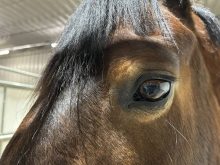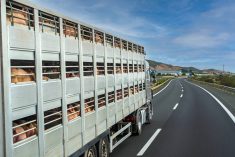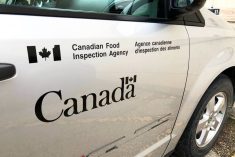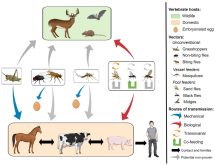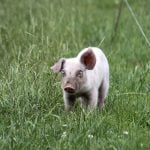On-farm testing work has wrapped on all the cattle herds that supplied animals in the past five years to an Alberta herd that turned up six cases of bovine tuberculosis (TB) in the fall of 2016.
The Canadian Food Inspection Agency (CFIA) reported Tuesday it has completed on-farm testing of those “trace-in” herds, which include about 15,000 animals in all.
Testing of “trace-out” animals — that is, any animals that left the infected index herd in the past five years — is also “largely complete with no additional cases to date,” CFIA said Tuesday. One trace-out herd remains under quarantine.
Read Also
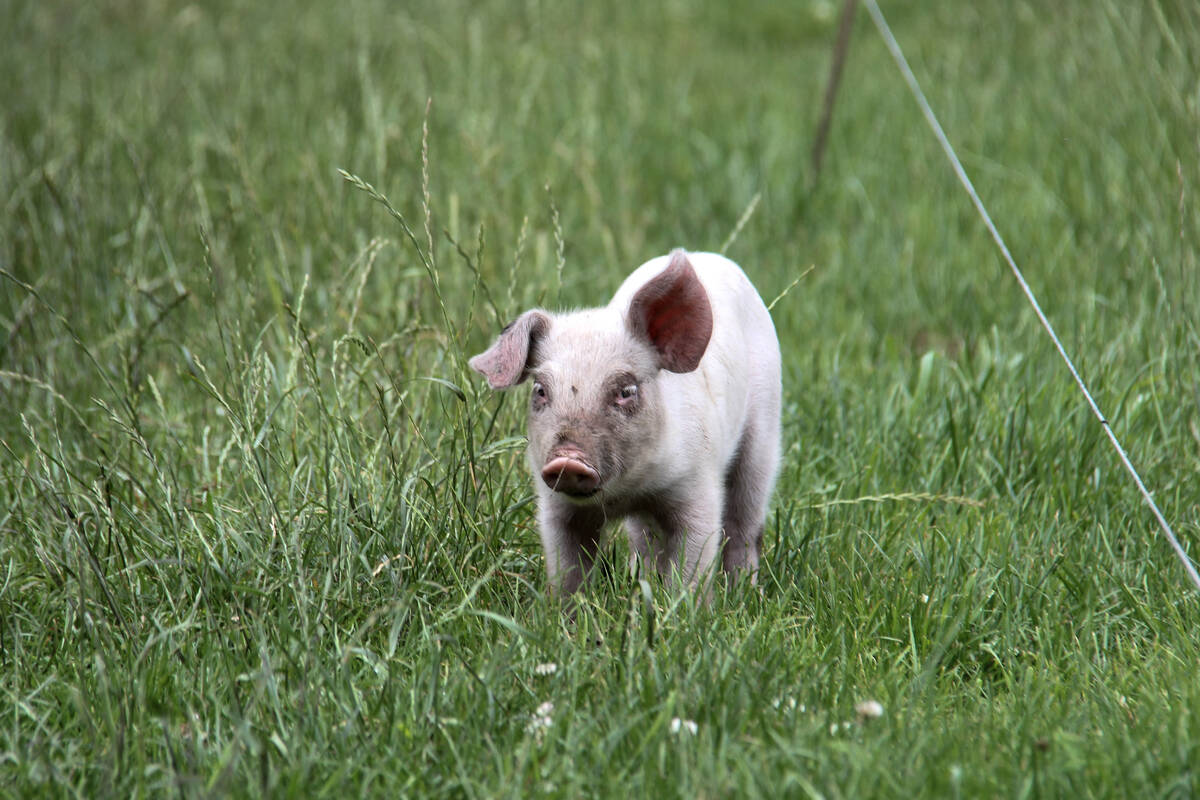
Swine Innovation Porc funds vaccine, barn cooling research
Vaccine development for Porcine Epidemic Diarrhea and Porcine Delta Coronavirus are among new research projects Canadian pork groups will fund over the next few years, Swine Innovation Porc announced Tuesday.
According to CFIA, 71 trace-in premises will be tested, including 35 in Saskatchewan, 33 in Alberta and three in Manitoba. So far, 52 trace-in premises, including 25 in Saskatchewan, 24 in Alberta and three in Manitoba, have been released from quarantine.
The remainder of the trace-in premises will be released as laboratory and post-mortem test results are received, the agency said.
The agency’s TB investigation has been underway since September last year, when Canadian officials got notice from the U.S. Department of Agriculture that a cow from Alberta had tested TB-positive at a U.S. slaughter plant.
The trace-in herds in this investigation are being tested to see if they were the source of infection for the six TB-positive animals in question, CFIA said — but the agency reiterated it’s still possible that a source for these specific infections won’t ever be found.
CFIA has depopulated the six infected animals’ index herd, plus the highest-risk herds that co-mingled with the infected herd.
The premises where the infected animals lived have been cleaned and released from quarantine, while four other premises that held co-mingled herds remain under quarantine, with no cattle, until cleaning and disinfection are complete, CFIA said. Agency-approved cleaning and disinfection also require a 45-day waiting period of warmer temperatures.
Once any of those premises is restocked with cattle, CFIA said, it will test the new herds after periods of six and 18 months.
So far in this investigation, CFIA said Tuesday, about 11,500 animals associated with the infected, co-mingled, trace-out and trace-in herds have been destroyed, with compensation paid to their owners. About 26,000 animals have been released from quarantine.
Genetic analysis of the TB strains in the six infected animals showed they were all infected with the same strain, but that it wasn’t the same as any strain ever previously detected in Canadian domestic livestock or wildlife or people.
Rather, CFIA said previously, the strain of TB identified in the six confirmed cows was found to be closely related to a strain first found in cattle in central Mexico in 1997, making it “unlikely” that wildlife is the source of the Alberta outbreak.
The source of a TB infection can be “difficult to identify,” the agency noted — especially with cases that occur far from places where bovine TB is known to be present in wild animals. — AGCanada.com Network



